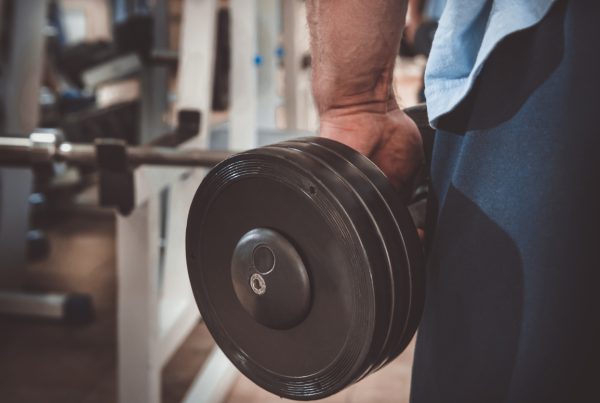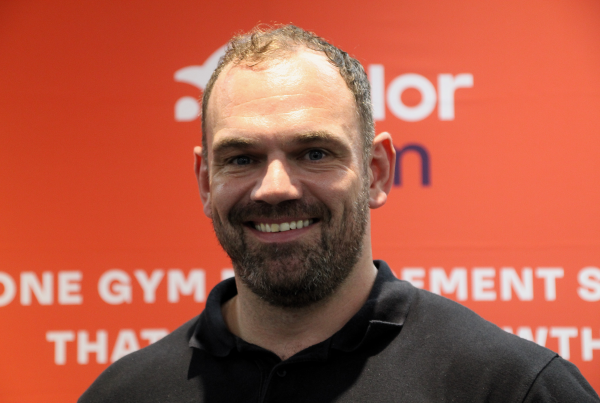By Professor Greg Whyte OBE, Chair of the ukactive Scientific Advisory Board and Professor of Applied Sport and Exercise Science at Liverpool John Moore’s University
The COVID-19 pandemic has shone a spotlight on the importance of public health in reducing viral transmission, dealing with the catastrophic results of infection, and optimising recovery. A range of disorders have been linked with an increased risk of infection, hospitalisation and death including: the presence of underlying comorbidities, ie diabetes, obesity and cardiovascular disease; advanced age; and sex (male) (CDC, 2021).
In addition to disease status, the general health of a population and its response to a pandemic is governed, in part, by a range of modifiable lifestyle factors – with one important factor being physical activity.
A recent study reported physical inactivity as one of the key factors associated with a higher risk for severe COVID-19 outcomes (Sallis et al, 2021). In addition to reducing the risk of severe COVID-19, physical activity is central to the effectiveness of the vaccine and post-infection rehabilitation.
Of note, the leisure and fitness sector is already central to the provision of rehabilitation in a large number of diseases, and there is no doubt that the sector will play a crucial role in post-COVID rehabilitation. Accordingly, the leisure and fitness sector is, and should recognised as, an essential service.
Multiple lockdowns throughout the COVID-19 pandemic have negatively impacted the physical activity of the nation. From a pre-existing low base, multiple lockdowns have resulted in a reduction in physical activity, an increase in sitting time, and a disproportionate impact on women, leading to a widening of the gender gap. Unless we act now to halt, and reverse, this physical inactivity pandemic we stand to inherit a nation that is less well prepared for future health challenges.
The COVID-19 pandemic has had a profoundly negative impact on health and wellbeing. If we are to become the phoenix that rises from the ashes of this devastating health crisis and avoid a persistent and prolonged public health catastrophe, we must act now. As a society, we cannot afford to be indifferent in our response. At a time when public health is at the top of the agenda, we must take action to address the pandemic of physical inactivity.
In addition to the shared, individual responsibilities for our health, the state must respond with action and avoid the perils of indifference. Indeed, the speed and ferocity of the response from the Government to the creation of football’s European Super League should be the standard by which we hold them to account.
The latest NHS numbers underline the need for urgency and the avoidance of indifference. Following the pandemic, we now have 4.95 million people on waiting lists, 436,000 patients waiting longer than a year, and an estimated three-to-five years to recover the backlog, at a cost of billions of pounds.
The Queen’s Speech described the Government’s ambition to “deliver a national recovery from the pandemic that makes the UK stronger, healthier and more prosperous than before”. We must ensure this is matched in reality.
Our expectation for an immediate and robust response should be met with action to support the leisure and fitness sector, and to work in real partnership with the sector to create a detailed plan of action to promote physical activity across all sectors of society including: healthcare, education, and the workplace, taking into account the impact of socio-economic status, ethnicity, disability, age, and gender. In addition to policy change, some of this could be achieved by government working closely with the private sector to ensure that aspirations are met with effective and sustainable action.
Exercise is the wonder drug that should be available for all. Now is not the time for indifference. When addressing the urgent needs of the health of the nation, actions speak louder than words, now and long into the future.
References
Sallis, R. Young, D., Tartof, S., Sallis, J., Sall, J., Li, Q., Smith, G. Cohen, D. Physical Inactivity is Associated with a Higher Risk for Severe COVID-19 Outcomes: A Study in 48 440 Adult Patients. British Journal of Sports Medicine 2021;0:1-8:doi: 10.1136/bjsports-2021-104080
Centers for Disease Control and Prevention. COVID-19 people of any age with underlying medical conditions

More People More Active More Often




